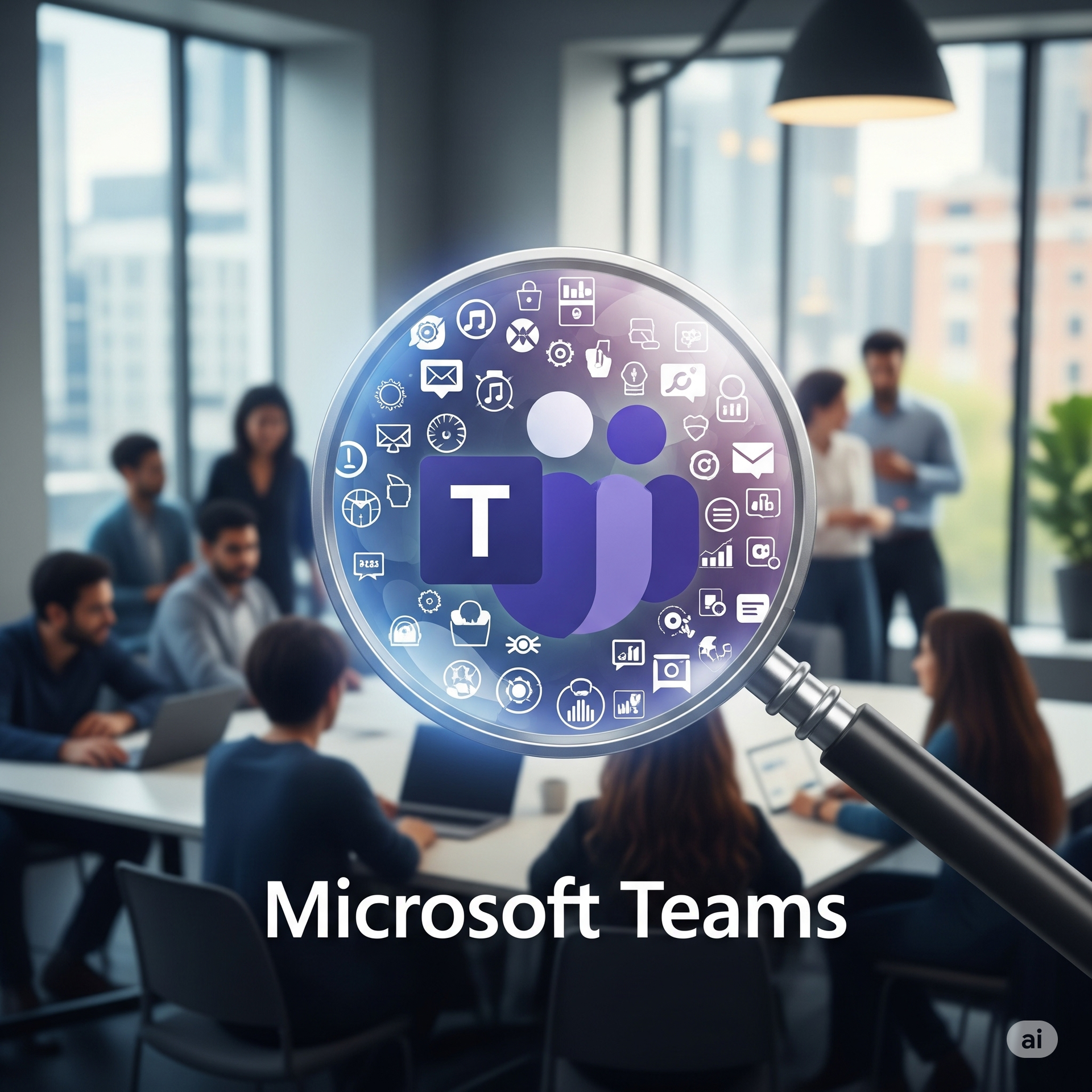The Role of a Technology Partner in Enhancing Business Competitiveness
The Role of a Technology Partner in Enhancing Business Competitiveness

Understanding the Need for a Technology Partner
In the rapidly evolving business landscape, staying competitive requires more than just a strong product or service. Technology is at the core of operations, decision-making, and customer interactions in nearly every industry. A dedicated technology partner plays a crucial role by providing expertise, support, and innovative solutions tailored to the unique needs of a business. Such a partnership can help businesses leverage the latest technologies to improve efficiency, drive growth, and respond quickly to market changes. By outsourcing IT functions to an experienced technology partner, companies can focus on their core activities while benefiting from cutting-edge technology and comprehensive support. This proactive approach ensures that businesses are equipped with the knowledge and tools needed to navigate technological challenges, seize new opportunities, and maintain a competitive edge in their market. A technology partner becomes a strategic part of the business, helping to align technological initiatives with business objectives and ensuring that all technology investments are both efficient and effective.
Enhancing IT Infrastructure with Managed Services
Managed IT services are at the heart of a successful technology partnership, offering businesses the ability to manage their IT infrastructure efficiently and effectively. By opting for managed services, companies can enjoy a proactive approach to IT management, where the technology partner monitors, supports, and maintains the IT environment. This ensures that the systems are always up-to-date, secure, and running optimally, minimizing downtime and infrastructure issues. A managed services provider acts as an extension of the business's own IT department, offering tailored support plans that fit the company's specific needs. This partnership provides predictable costs, enhanced productivity, and the peace of mind that comes with knowing IT systems are in expert hands. Moreover, 24/7 availability means businesses can rely on immediate assistance when needed, ensuring continuous operations and a more robust approach to handling IT challenges. By entrusting their IT infrastructure to a dedicated partner, businesses can focus on strategic growth areas knowing their technology backbone is sound and secure.
Boosting Business Agility with Scalable Cloud Solutions
The advent of cloud computing has transformed the way businesses approach data management, collaboration, and scalability. A technology partner can significantly enhance a company's competitiveness by implementing scalable and secure cloud solutions. Cloud services enable businesses to access data and applications from anywhere, fostering collaboration and flexibility across remote and on-site teams. This adaptability is crucial for businesses looking to expand or enter new markets without the burden of traditional IT infrastructure costs. A technology partner ensures that cloud solutions are tailored to the business's specific needs, effectively managing transitions, integrations, and ongoing maintenance. Additionally, cloud solutions provide a secure environment for data storage and sharing, with robust security measures to protect against cyber threats. Partnering with an expert in cloud computing ensures that businesses can leverage state-of-the-art tools to enhance productivity, streamline processes, and quickly adapt to changing demands, thereby maintaining a competitive edge in a fast-paced market.
Ensuring Cyber Resilience with Comprehensive Security Strategies
As cyber threats become increasingly sophisticated, businesses must prioritize cybersecurity to safeguard their assets and maintain trust with clients. A technology partner brings invaluable expertise in developing comprehensive cybersecurity strategies that are vital for business resilience. These strategies encompass everything from regular updates and firewall implementations to real-time monitoring and staff training. Such a multi-faceted approach not only protects against current threats but also anticipates future vulnerabilities. By utilizing the services of a technology partner, businesses gain access to advanced security tools, including antivirus/antispam services and dark web monitoring, to detect and neutralize potential breaches before they cause harm. Furthermore, a strong cybersecurity framework supports regulatory compliance, providing additional assurance to clients and stakeholders. This holistic approach ensures that businesses remain secure, allowing them to focus on growth and innovation without the constant worry of cyber threats undermining their operations.
Streamlining Operations through Expert IT Project Management
Technology projects can be complex and resource-intensive, requiring specialized skills to ensure successful outcomes. A technology partner provides expert IT project management, assisting businesses in launching new initiatives while minimizing risk and maximizing return on investment. From planning and execution to monitoring and closure, the technology partner oversees all project phases, ensuring alignment with the business's strategic goals. This expert oversight results in efficient resource utilization, on-time delivery, and cost-effective solutions that drive business objectives forward. By managing vendors and coordinating various tech-related activities, the partner streamlines operations, allowing businesses to maintain focus on core functions. The strategic partnership fosters a responsive collaboration where the technology partner adapts to changing requirements, offering practical solutions that help businesses navigate the dynamic digital environment more effectively. This partnership in project management becomes an invaluable asset, delivering successful projects that enhance operational efficiency and contribute to the business's overall competitiveness.
The Long-Term Benefits of a Strong Technology Partnership
A strong technology partnership offers enduring benefits that extend well beyond immediate IT needs. This relationship fosters innovation, driving long-term growth as businesses continually adapt and evolve in response to market dynamics. With a technology partner's support, businesses can implement future-proof solutions that not only address current challenges but also provide a framework for ongoing evolution. This proactive approach to technology management reduces operational costs, enhances scalability, and allows for smooth transitions in evolving industries. Moreover, a trusted technology partner helps to create a culture of digital transformation within the company, empowering employees with the necessary tools and knowledge to succeed in a tech-driven world. As businesses become more reliant on IT solutions, the overarching advantage of a technology partnership lies in the strategic guidance and support provided. This allows businesses to focus on innovation and customer satisfaction, ultimately leading to a sustainable competitive advantage in their respective markets.
HCS Technical Services











